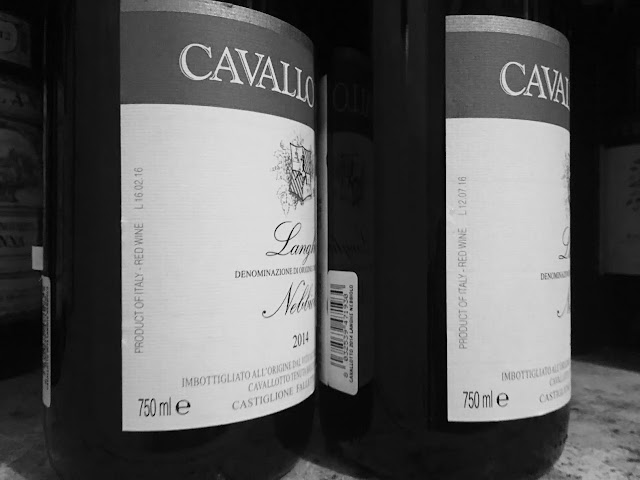Above: On my left, Mark Fornatale, Italian portfolio manager for Skurnik imports and to my right is Alfio Cavallotto tasting a lineup of current releases.
The Cavallotto estate is on my top 5 list of traditional Nebbiolo no doubt. All the vineyards and production of Cavallotto wines are located in Bricco Boschis of Castiglione Falletto which is quite unique for a Barolo producer. They do make a Barolo Vignolo as well which is attached to the Bricco Boschis. This means all of the Nebbiolo fruit has the potential to become Barolo. I carry the Langhe Nebbiolo on my restaurants list and it is one of my favorite bottles to sell and the value is unbeatable. They usually release two different lots as Langhe Nebbiolo while they are deciding what to keep for Barolo and what to bottle earlier as Langhe Nebbiolo.
When we tasted this week I was amazed by how much the Langhe was drinking like a young Barolo and I soon learned how they just released the second lot which has aged 23 months in large botti compared with the normal 18 months of the first Langhe Nebbiolo lot. Below you can see on the left of the label the dates L 16.02.16 for the bottle on the left vs L 12.07.16 on the right. This is always reassuring and it seems to me the new generations of wine makers are trying to be more and more informative when labeling wines. Both wines are absolutely delicious and Alfio thinks you couldn't tell them apart unless you were drinking them side by side. I believe those extra 5 months give it an extra boost in complexity and in aging potential. All I can hope for is that these wines will remain one of the best values in Piedmont Nebbiolo.










